Cramp bark powder
Price range: ₦8,794.03 through ₦33,624.22
Black walnut leaf
This tall deciduous tree is native to eastern North America. Traditionally black walnut leaves, bark, nuts, and hulls were used by indigenous populations as a source of food and wellness. Black walnut leaf is astringent and can be applied topically or prepared as an infusion.
Description
Viburnum opulus is a deciduous shrub in the Adoxaceae family. Native to Europe, the plant is now naturalized in North America. Cramp bark has white flowers resembling snowballs and clusters of red berries. While the berries can be made into jam, the bark is often used in traditional European herbalism for its wellness supporting properties. Cramp bark is also referred to as guelder rose and is an important plant in Slavic folklore and art. The bark can be decocted, infused, or tinctured.
Cramp bark is a large deciduous shrub growing as much as 15 feet (5 m) tall and 15 feet wide. It is native to the moist lowland forests of England and Scotland and naturalized to moist forests of the northern United States and southern Canada. The bark is stripped before the leaves change color in the fall, or before the buds open in the spring. A member of the honeysuckle family, cramp bark bears large white flowers, up to 5 inches (12 cm) across that yield red berries in the fall. The berries are eaten like cranberries, although moderation is recommended. Historically, the berries, once dried, have been used for making ink.
Precautions
No known precautions. We recommend that you consult with a qualified healthcare practitioner before using herbal products, particularly if you are pregnant, nursing, or on any medications
Additional information
| Size | 100g, 450g |
|---|

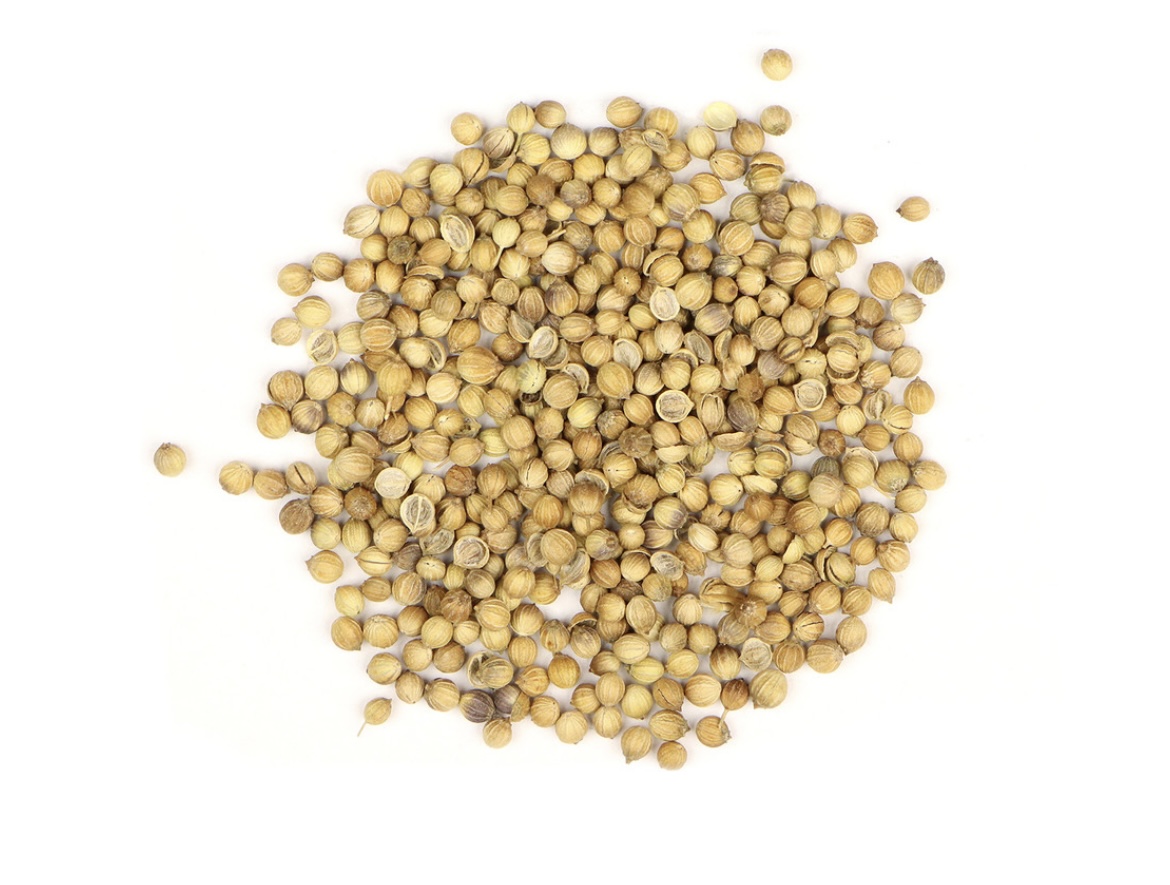
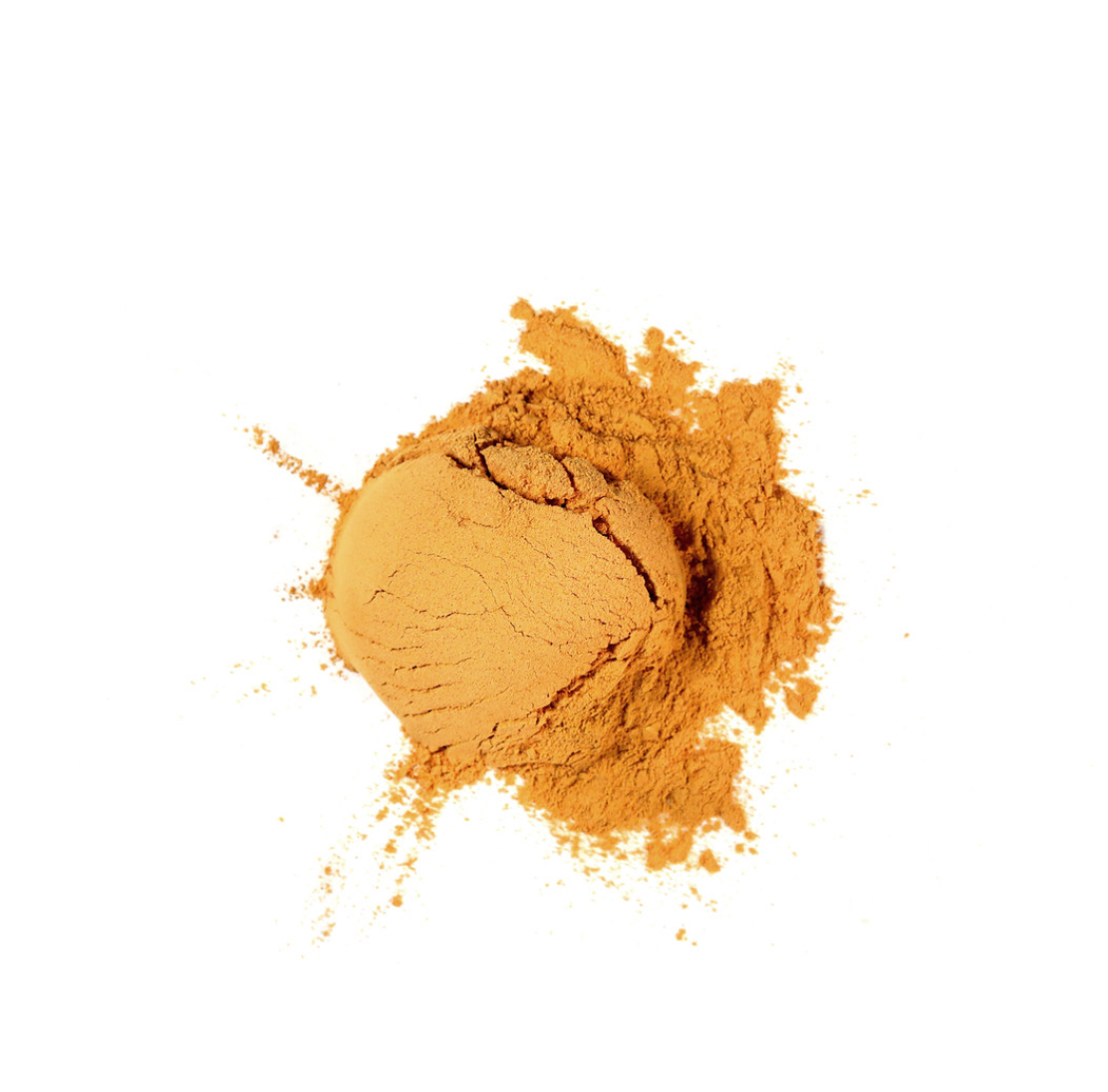

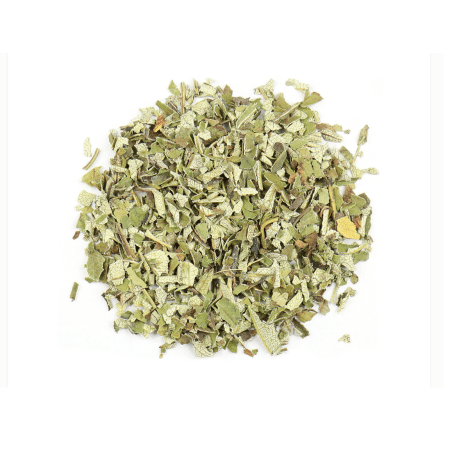
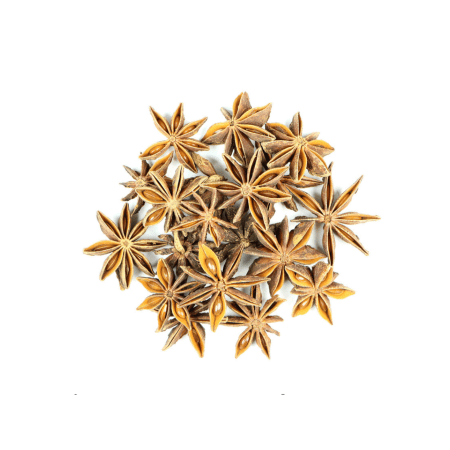
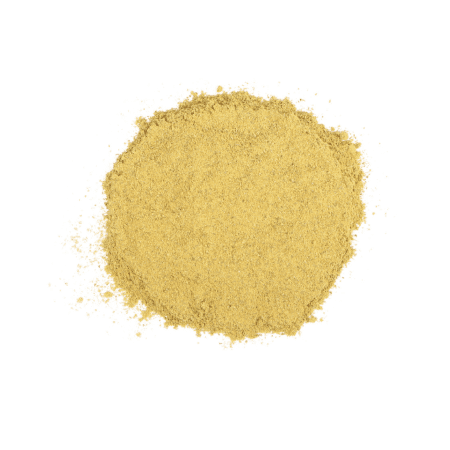
Reviews
There are no reviews yet